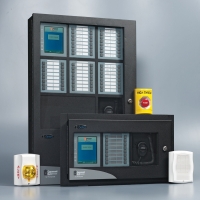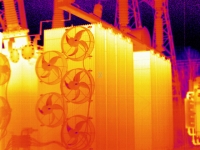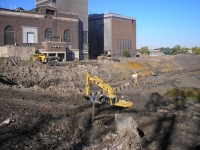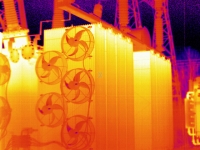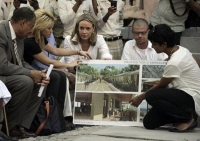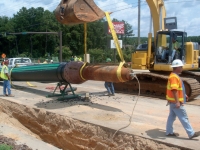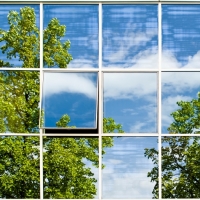Commercial Fire Alarm Systems
Thu, Feb 09, 2012Although there are far more residential fires than those involving non-residential structures, commercial fires still have a hefty price: in 2009 the 103,500 non-residential fires cost 105 lives and over $3 billion in losses, according to the U.S. Fire Administration. Preventive actions are critical to avoid these losses altogether. That�s where a properly designed and installed fire alarm system comes in.

